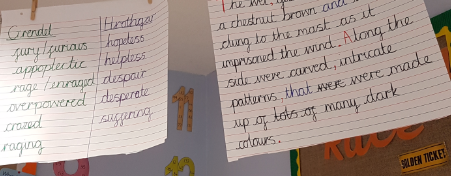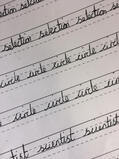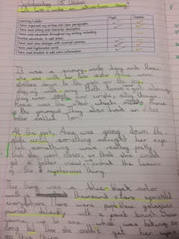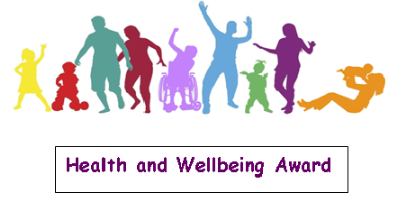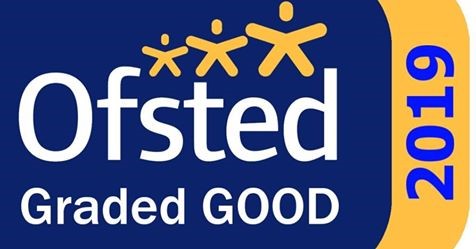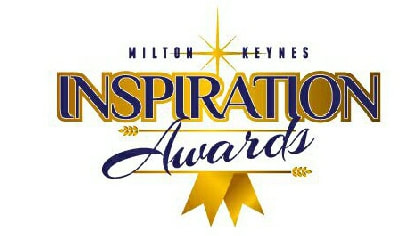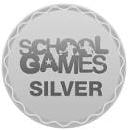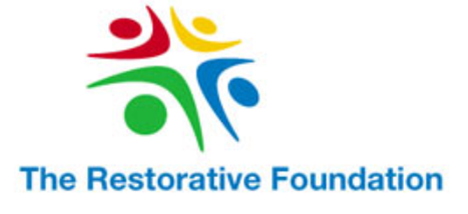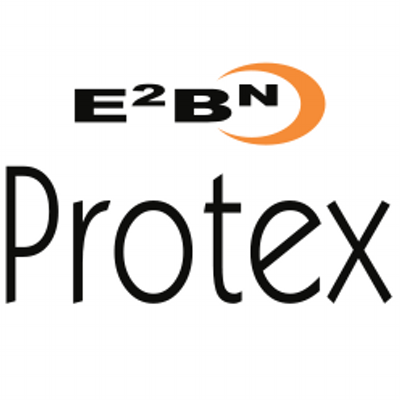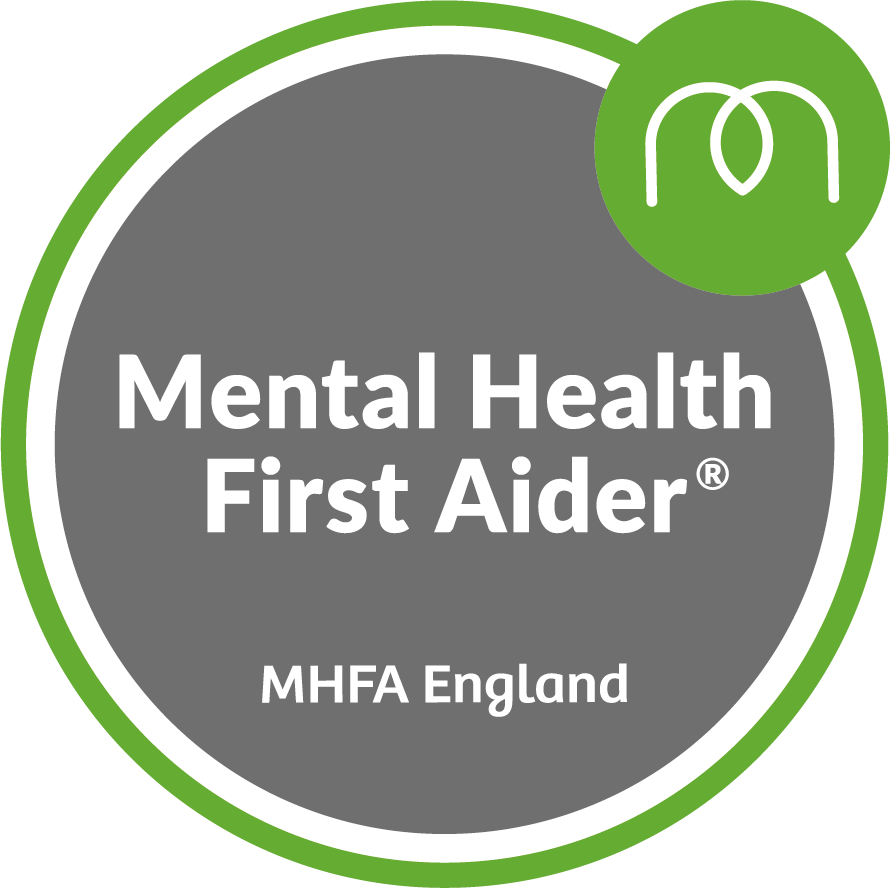Aims and Intent: |
Vision |
|
Our intention is that all pupils, regardless of their needs, are provided with an appropriate, challenging and exciting curriculum which extends and develops their interests and knowledge. We are passionate about setting high expectations and recognise the importance of accurate and regular assessment so that we can support all children at every stage of their learning journey.
Our curriculum aims to teach the children in an interesting and meaningful way. We teach writing using the Talk for Writing scheme so that children have the opportunity to extend their spoken and written vocabulary. We aim to ensure that children can celebrate their literary history and have an appreciation for authors from other cultures. We want children to aspire to be the best written and spoken communicators they can be. |
- We are proud of our approach to teaching all key areas of English and communication. We:
- Teach phonics using the Read, Write Inc. teaching scheme. This is critical in order for children to be able to read fluently and spell with accuracy. - Teach the skills children need to acquire suitable vocabulary and grammatical conventions so that they can communicate their thoughts and needs both in spoken and written form - Ensure that children have a good understanding and appreciate of their literary heritage as well as exposing them to authors from cultures from around the world - Provide opportunities for discussion and debate; children work towards earning their Confident Voice badge in recognition of this. - Provide opportunities to perform |
Implementation - EYFS |
Implementation - KS1 & KS2 |
|
Communication and language is one of the three key areas of the Early Years Foundation Stage (EYFS). We believe it is critical, therefore, that children experience a language rich environment where speaking and listening plays a pivotal role in a child's language development. Writing is taught alongside phonics and reading and is taught through inspiring experiences. The children are immersed in a language-rich environment - both inside and outdoors - where they have plenty of opportunities to develop their spoken and written language. Handwriting is introduced at this early stage and is taught alongside other fine motor activities such as finger gyms and sorting activities. Staff in the early years evidence writing in both written and digital format using Tapestry. Phonics is taught discreetly in conjunction with children in KS1.
|
Beyond EYFS, we expect that children continue to develop their speaking and listening skills in order to continue developing their spoken and written vocabulary. We use a wide range of quality texts which are shared through our guided reading sessions. These form the basis for our topic and Talk for Writing lessons so that writing stimuli are meaningful and have purpose. The build up to independent writing opportunities includes: deconstructing a quality WAGOLL (what a good one looks like), role play, drafting, planning and editing with grammar and spelling rules being embedded within writing lessons. Handwriting - using the Think Write scheme - is taught discretely. Phonics (KS1) is taught discreetly in groups each day. Our spelling curriculum follows the No Nonsense Spelling scheme (NNS) with spellings set and tested weekly. Feedback across all areas of English can be both written and verbal and is used by teachers to shape future lessons.
|
Impact
All staff at Great Linford Primary School understand the importance of language and literacy to a child's development. Indeed, a child's literacy skills are critical to engaging with the wider curriculum. We aim to deliver high quality daily lessons to all children in our school so that they become confident communicators now and into the future. Our curriculum is linked to our topics so that children can have lessons that are relevant and meaningful. We believe that this encourages all children - including reluctant writers - to engage and make progress, provides context to writing genres (for example, news reports), provides children with a depth of knowledge and teaches children the importance of written and spoken communication in other subject areas.
Parent Support and Resources
We run parent workshops in all areas of the English curriculum in addition to lesson visits and learning open mornings. We believe that for children to be fluent, expressive and accurate communicators parents should have the tools to support the work of the school in ways that they feel appropriate. Below are parent knowledge organisers alongside the statutory spelling lists to support families at home.
Handwriting at Home
Cursive handwriting is taught to all pupils from EYFS through to Year 6. All pupils are taught to join letters using the Think Write scheme. The scheme is inspired by challenges children face when learning to write and is breaks down the skill of handwriting into simple, bite-sized chunks. The scheme uses images and rhymes to encourage children to join their letters whilst teachers provide 1:1 support for students who require additional support.
Making Handwriting Fun
|
|
|
Home Learning Activities
- Share letters and postcards
- Read books to, and with, them that are at a higher level than their own reading to expose them to ambitious vocabulary and complex sentence structure.
- Praise your child’s efforts at writing – it’s not an easy thing to do! Focus on a word they spelt correctly, neat handwriting, a good describing word or good use of punctuation. Remember, it is difficult to get everything right when you are learning.
Writing Expectations
Children are assessed on their writing termly with children's work moderated both internally and externally. At the end of each key stage the children are awarded a level: working towards the expected standard; working at the expected standard and working at greater depth. The expectations are available to view below:
Marking and Feedback
|
At GLPS we believe that feedback is an important part of mastering the curriculum. The purposes of marking are to move children forward, encourage high standards and ensure that misconceptions are addressed.
In English (writing) a colour coded system is used alongside marking codes (gold (yellow) highlighter shows where the children has met the learning objective whilst green highlighter indicates areas that need ‘growing’. Where appropriate, teachers will mark work alongside the child as this conversation provides valuable next steps. |
Inclusion in Writing and Communication
English is taught in mixed ability classes or groups throughout the school. Work is differentiated by task, additional resources, outcome and/or adult support. Children who have a EHCP (Education, Health and Care Plan) may receive 1:1 or small group support from a teaching assistant during the lesson, depending on their specific needs. Some children are also taught additional phonics with trained learning support assistants (LSAs) who deliver the ‘Read, Write, Inc’ synthetic phonics programme. The aim of these groups is for children to make rapid progress in order to catch up with their peers. Children who speak English as an additional language and are at the early stages of learning English may also receive small group or 1:1 support outside of the English lesson.

